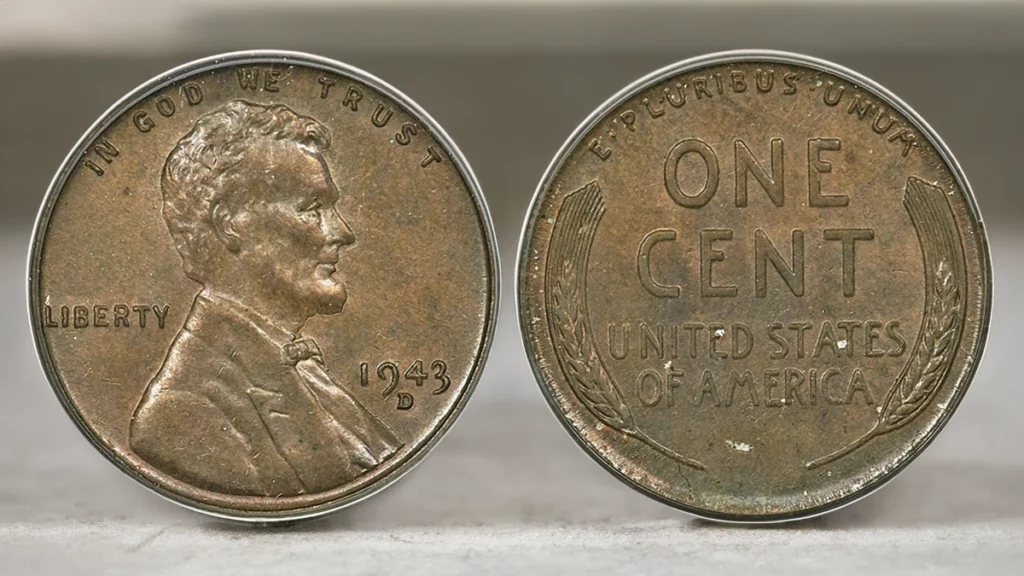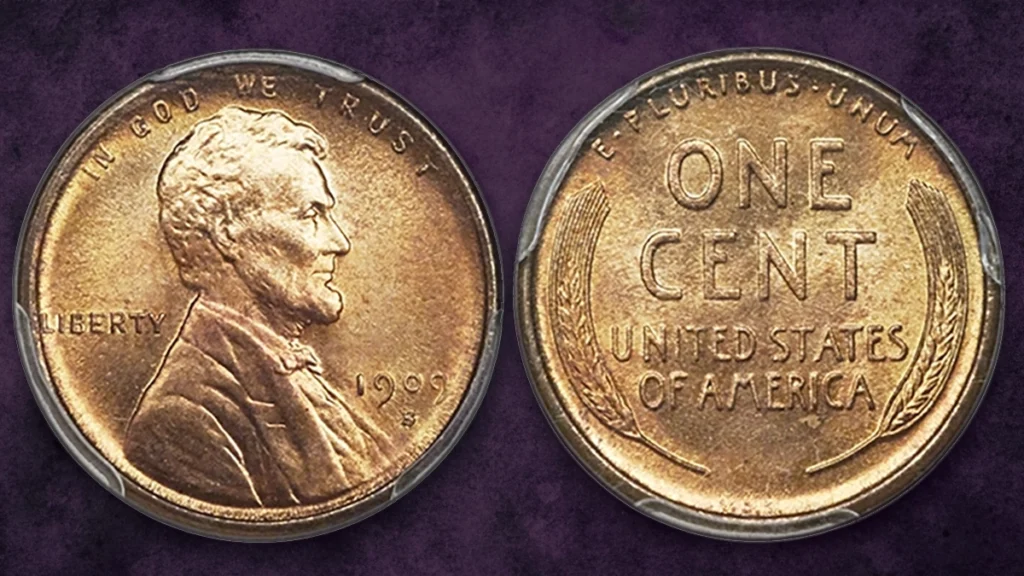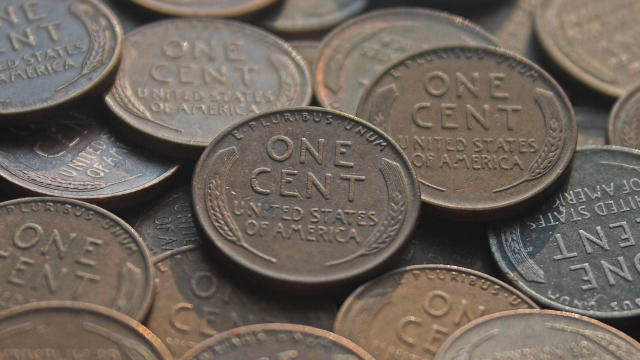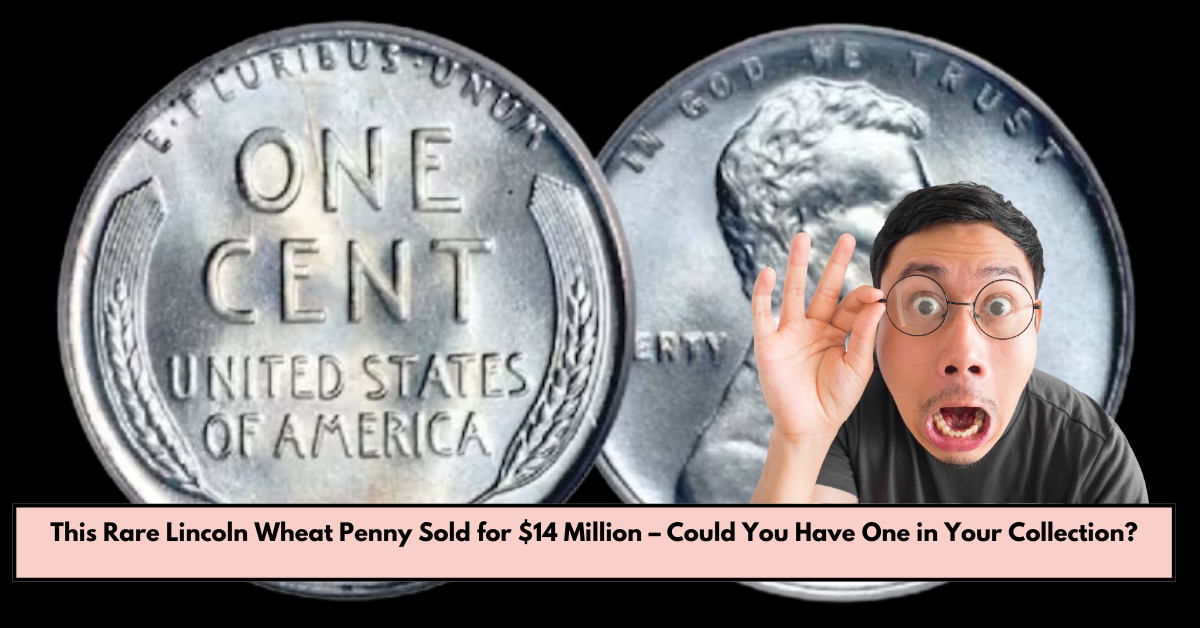A rare Lincoln Wheat Penny reportedly sold for a staggering $14 million, sparking curiosity among collectors and everyday coin holders alike. But is this claim fact or fiction? While some Lincoln Wheat Pennies are indeed worth a fortune, understanding their rarity and true value is key. Here’s what you need to know about these historic coins and whether you might have a valuable one in your collection.
The History of the Lincoln Wheat Penny
The Lincoln Wheat Penny, first minted in 1909, was the first U.S. coin to feature a president’s portrait. Designed by Victor David Brenner, the coin replaced the Indian Head cent and was issued by the U.S. Mint until 1958. The obverse features a profile of Abraham Lincoln, while the reverse showcases two wheat stalks, hence the name “Wheat Penny.”
These pennies were primarily made of copper, except during World War II when the U.S. Mint temporarily switched to zinc-coated steel to conserve copper for wartime production.
What Makes Some Wheat Pennies Valuable?
While most Lincoln Wheat Pennies are common and worth only a few cents to a few dollars, certain rare variants can fetch thousands—or even millions—at auction. Here are some of the most valuable types:
1. The 1943 Bronze Lincoln Penny

In 1943, the U.S. Mint produced pennies using steel due to copper shortages during World War II. However, a small number of pennies were mistakenly struck on leftover bronze planchets. These rare 1943 Bronze Lincoln Pennies are among the most sought-after error coins. One example sold for $240,000 in January 2023 at auction.
2. The 1909-S VDB Penny

The 1909-S VDB penny is another highly sought-after coin. Featuring the initials of designer Victor David Brenner (“VDB”) on the reverse, the San Francisco-minted version had a limited mintage of only 484,000 coins. Today, these pennies can fetch thousands depending on their condition.
Debunking the $14 Million Claim
Recent headlines have sensationalized the idea that a Lincoln Wheat Penny sold for $14 million, but there is little evidence to support this claim. The highest price ever recorded for a Lincoln cent is in the six-figure range, not millions. While rare pennies like the 1943 Bronze Lincoln Penny and the 1909-S VDB can command high prices, the claim of a $14 million sale appears to be exaggerated or misreported.
How to Check If You Have a Valuable Wheat Penny
If you come across a Lincoln Wheat Penny, follow these steps to determine its potential value:
- Check the Date and Mint Mark – Rare varieties like the 1909-S VDB and the 1943 Bronze cent are worth significantly more than common dates.
- Look for Errors – Double-die errors, off-center strikes, and other minting anomalies can increase value.
- Assess the Condition – Coins in better condition (higher grades) are typically worth more.
- Get It Appraised – A professional coin grading service, such as Professional Coin Grading Service (PCGS) or Numismatic Guaranty Company (NGC), can certify authenticity and grade your coin.
Where to Sell Valuable Coins

If you believe you have a rare Lincoln Wheat Penny, consider these selling options:
- Coin Dealers – Find reputable numismatic dealers through organizations like the American Numismatic Association (ANA).
- Auctions – High-value coins can be sold through auction houses such as Heritage Auctions or Stack’s Bowers.
- Online Marketplaces – eBay, GreatCollections, and other sites allow collectors to buy and sell coins, though authentication is crucial.
Final Thoughts
While the idea of a $14 million Lincoln Wheat Penny may be more myth than reality, certain rare variations can still be incredibly valuable. If you own a Wheat Penny, it’s worth examining it closely—especially if it’s from 1943 or 1909. Whether you’re a seasoned numismatist or a casual collector, checking your change might just lead to an unexpected windfall!
For official coin information, visit the United States Mint.
This article has been carefully fact-checked by our editorial team to ensure accuracy and eliminate any misleading information. We are committed to maintaining the highest standards of integrity in our content.

Premlata is a seasoned finance writer with a keen eye for unraveling complex global financial systems. From government benefits to energy rebates and recruitment trends, she empowers readers with actionable insights and clarity. When she’s not crafting impactful articles, you can find her sharing her expertise on LinkedIn or connecting via email at [email protected].




